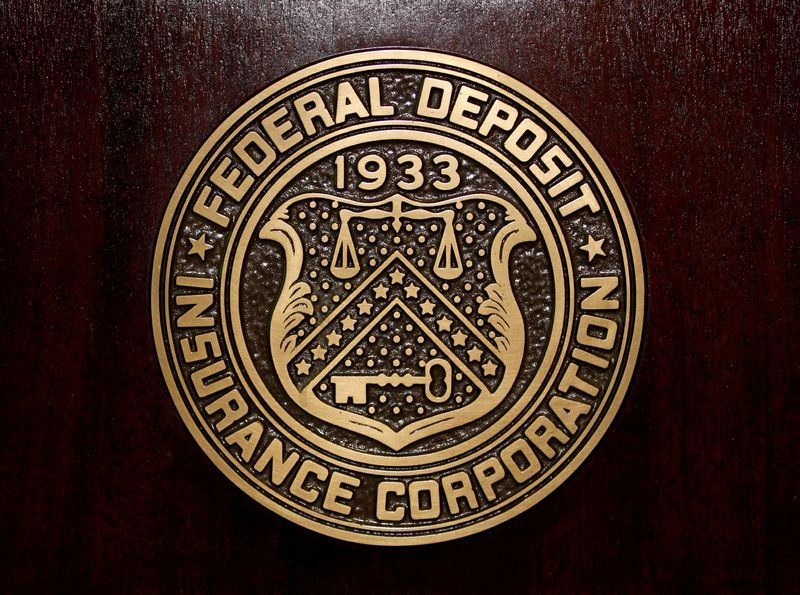U.S. bank profits jump 79.5% as large firms shake off failed bank costs
2024.05.29 12:31
By Pete Schroeder
WASHINGTON (Reuters) – Profits for the U.S. banking sector surged 79.5% to $64.2 billion in the first quarter of 2024, boosted primarily by large banks not shouldering billions in special fees they were directed to pay to recover costs incurred by bank failures last spring.
The Federal Deposit Insurance Corporation said most of the higher profits was due to banks not realizing that assessment, which drove down bank profits at the end of 2023. Firms also enjoyed boosts in noninterest income and lower provision expenses as well.
Specifically, the FDIC said bank noninterest expense dropped $22.5 billion in the first quarter, and was the primary cause of the profit boost. The decline in special assessment costs accounted for over half of those lower expenses.
Overall, the FDIC said asset quality metrics remained generally favorable, but noted deterioration in credit card and commercial real estate (CRE) portfolios. In particular, the FDIC said the noncurrent rate for non-owner occupied CRE loans was now at 1.59%, its highest level since the fourth quarter of 2013, driving primarily by office portfolios at large banks.
“The banking industry continued to show resilience in the first quarter,” said FDIC Chairman Martin Gruenberg in a statement, who noted “deterioration in certain loan portfolios…continues to warrant monitoring.”

The FDIC also said its “problem bank list” expanded from 52 firms to 63 in the first quarter, and the total assets at those banks rose to $82.1 billion. Currently, 1.4% of total banks are considered “problem banks,” which the FDIC said falls within its normal range.
Bank deposits were up for the second straight quarter, climbing 1.1% or $190.7 billion. Estimated uninsured deposits grew 0.9%, marking its first increase since the end of 2021.








